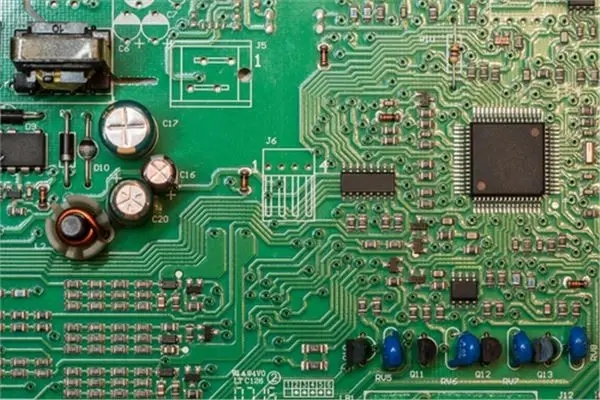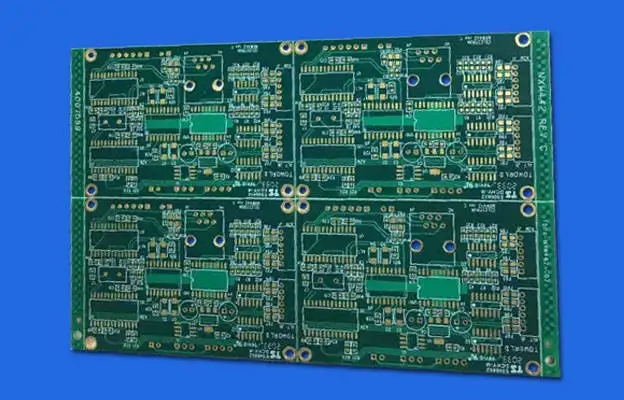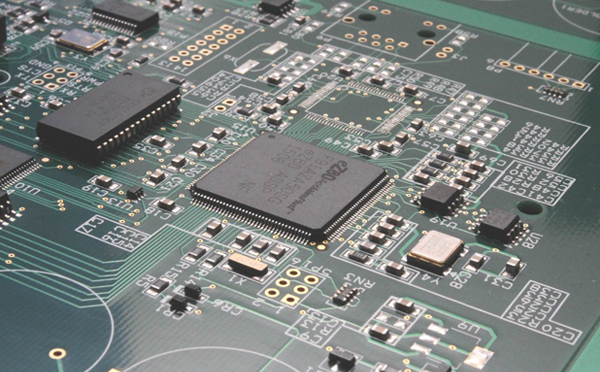
What knowledge does PCB design require?
PCB design engineers need to master a wide range of knowledge systems, including electrical theory, component performance, digital circuit and analog circuit, PCBA processing process and DFM manufacturability theory, welding practice, schematic drawing and layout, microcontroller program logic and basic principles.
1. If the designed circuit system contains FPGA devices, you must use the Quartus II software to verify the pin assignment before drawing the schematic diagram. (Some special pins in FPGA cannot be used as ordinary IO).
2. The four layers of boards from top to bottom are: signal plane layer, ground layer, power supply layer and signal plane layer; The six layers of boards from top to bottom are: signal plane layer, ground, signal inner electric layer, signal inner electric layer, power supply, signal plane layer. For boards above 6 layers (the advantage is: interference radiation prevention), the internal power layer is preferred for wiring, and the plane layer is not available for wiring, and wiring from the ground or power layer is prohibited (reason: the power layer will be divided, resulting in parasitic effects).

3. Wiring of multi power supply system: For example, FPGA+DSP system is a 6-layer board, which generally has at least 3.3V+1.2V+1.8V+5V.
3.3V is generally the main power supply, which is directly laid on the power layer, and the global power network can be easily connected through the vias;
5V may be power input generally, and only a small area needs to be paved with copper. And try to be as thick as possible.
1.2V and 1.8V are core power supplies (it will be very difficult to face BGA devices if wiring is used directly). In the layout, try to separate 1.2V from 1.8V, and let the components connected within 1.2V or 1.8V be arranged in a compact area, using copper sheet to connect
In a word, because the power network covers the entire PCB, if the wiring method is used, it will be very complicated and will go far around. The method of copper covering is a good choice!
4. Crossing mode is adopted for routing between adjacent layers: it can not only reduce electromagnetic interference between parallel conductors, but also facilitate routing.
5. How to isolate analog and digital? During layout, separate the devices used for analog signals from those used for digital signals, and then cut across the middle of AD chips!
The analog signal is laid on the analog ground, and the analog ground/analog power supply and digital power supply are connected through a single point of inductance/magnetic bead.
6. PCB design based on PCB design software can also be seen as a software development process. Software engineering focuses on the idea of "iterative development" to reduce the probability of PCB errors.
(1) Check the schematic diagram, especially pay attention to the power supply and ground of the device (the power supply and ground are the blood of the system, and no negligence is allowed);
(2) PCB packaging drawing (confirm whether the pins in the schematic diagram are wrong);
(3) After PCB package sizes are confirmed one by one, add verification labels to the design package library;
(4) Import the net list, and adjust the signal sequence in the schematic diagram while layout (after layout, the automatic numbering function of OrCAD components can no longer be used).
In the specific design process, the basic knowledge to be mastered includes:
1. Preliminary preparation
This includes preparing catalogs and schematics. Before PCB design, first prepare the schematic SCH component library and PCB component package library.
The PCB component packaging library should preferably be established by engineers according to the standard size data of the selected components. In principle, the component packaging library of PC shall be established first, and then the schematic SCH component library shall be established.
PCB component packaging library has high requirements, which directly affects the installation of PCB; The schematic SCH component library is relatively loose, but pay attention to defining the pin attributes and the corresponding relationship with PCB component packaging library.
2. PCB structure design
According to the determined size of the circuit board and various mechanical positioning, draw the PCB frame in the PCB design environment, and place the required connectors, keys/switches, screw holes, assembly holes, etc. according to the positioning requirements.
Fully consider and determine the wiring area and non wiring area (such as how much area around the screw hole belongs to the non wiring area).
3. PCB layout design
Layout design is to place components in PCB frame according to design requirements. Generate the network table in the schematic tool (Design → CreateNetlist), and then import the network table in the PCB software (Design → ImportNetlist). After the network table is successfully imported, it will exist in the software background. Through the Placement operation, all devices can be called out, and there is a fly wire prompt connection between pins. At this time, the device layout can be designed.
PCB layout design is the first important process in the whole PCB design process. The more complex the PCB is, the better the layout will directly affect the difficulty of later wiring.
The layout design depends on the basic circuit skills and rich design experience of the circuit board designer, which is a high level requirement for the circuit board designer. The junior PCB designer has little experience and is suitable for small module layout design or PCB layout design task with low difficulty.
4. PCB wiring design
PCB wiring design is the most workload process in the whole PCB design, which directly affects the performance of PCB.
During PCB design, there are generally three states of wiring:
The first is wiring, which is the most basic entry requirement for PCB design;
The second is the satisfaction of electrical performance, which is the standard to measure whether a PCB board is qualified. After the wiring is completed, carefully adjust the wiring to achieve the best electrical performance;
Thirdly, the neat and beautiful, disorderly wiring, even if the electrical performance is qualified, will bring great inconvenience to the optimization, testing and maintenance of the later board modification. The wiring should be neat and uniform, and should not be crisscross and disorganized.
5. Wiring optimization and silk screen placement
"There is no best but better PCB design" and "PCB design is a defective art". This is mainly because PCB design aims to meet the design requirements of all aspects of hardware, while individual requirements may conflict, and you can't have both.
For example, a PCB design project needs to be designed as a 6-layer board after the evaluation of the circuit board designer, but the product hardware must be designed as a 4-layer board due to cost considerations, so the signal shielding layer can only be sacrificed, resulting in increased signal crosstalk between adjacent wiring layers and reduced signal quality.
The general design experience is that the time for optimal routing is twice as long as the time for initial routing. After the PCB wiring optimization is completed, post-processing is required. The first thing to deal with is the screen logo on the PCB board. During design, the bottom screen characters need to be mirrored to avoid confusion with the top screen.
6. Network DRC check and structure check
Quality control is an important part of PCB design process. General quality control means include: design self inspection, design mutual inspection, expert review meeting, special inspection, etc.
Schematic diagram and structure element diagram are the most basic design requirements. Network DRC inspection and structure inspection are to confirm that PCB design meets the two input conditions of schematic network table and structure element diagram respectively.
Generally, circuit board designers have their own accumulated design quality check lists. Some of the items come from the company's or department's specifications, and the other part comes from their own experience. Special inspection includes design Valor inspection and DFM inspection, which focus on PCB design output back-end processing photo file.
7. PCB board making
Before the PCB is formally processed, the circuit board designer needs to communicate with the PE of the PCB manufacturer supplied by Party A and answer the manufacturer's confirmation questions about PCB processing.
This includes, but is not limited to, the selection of PCB plate models, the adjustment of line width and line spacing of circuit layers, the adjustment of impedance control, the adjustment of PCB stack thickness, surface treatment processing technology, aperture tolerance control and delivery standards.







